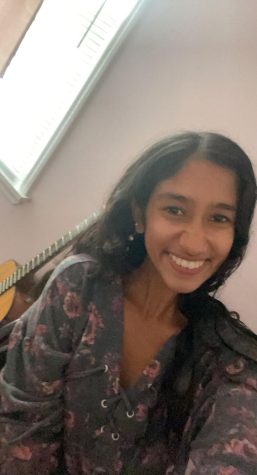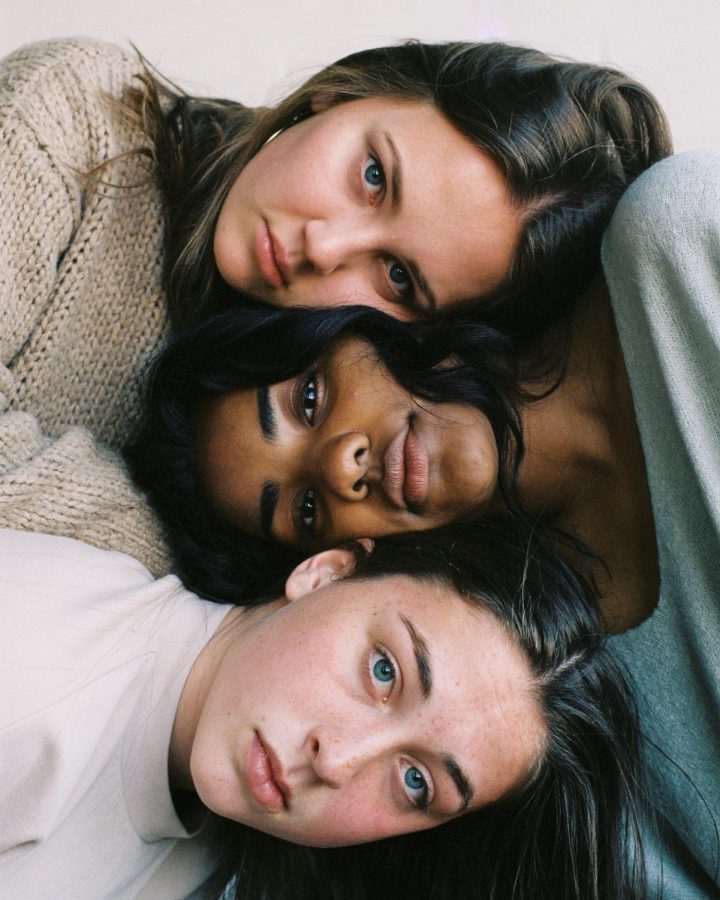Redefining the Standards of Beauty
Society tells us that beauty can be enhanced from making your skin lighter and “fixing” imperfections.
It is easy to become obsessed with how you look and to feel unworthy because you are not wearing a full face of makeup. Image: Gemma Chua-Tran. Unsplash. https://unsplash.com/photos/Ftvf4VbVbDE
Beauty standards are constantly changing and have evolved from what America has declared the normal, expected standard to be. Having a specific physique and appearance has been celebrated throughout history and has only recently encompassed a larger portion of the population.
For many years and even in the present, lighter skin tones have been highly regarded. This is especially seen through makeup brands and cosmetic lines that are geared towards lighter skin complexions and often lack makeup products for darker skin tones.
Society tells us that beauty can be enhanced from making your skin lighter and “fixing” imperfections. People will try anything to fit the praised beauty standard, even if it means bleaching your skin or getting plastic surgery to fix “imperfections.”
Aviv Emery, explains beauty standards by saying, “Nowadays, although they don’t normally paint their faces white, people of color are in fact often forced to wear paler shades of makeup that don’t match their skin tone. Companies have purposefully left out darker foundation shades in the past, and continue to cater to white and lighter-skinned people.
Makeup brands neglect shades for people with darker skin tones, often making it difficult to find black and brown shades.” Apart from this, the standard is always changing and has taken a turn to emphasize how the ideal body type and beauty standard can be achieved.
Miami High News explains how, “Today’s standards for women are small waists, long hair, and flawless skin. Girls are required to be this “perfect image” when nobody is perfect. They are also expected to wear makeup in their daily lives, work out at the gym, stay skinny with curves in the right places, and be young.”
Girls that do not wake up at 6 am, have a workout routine, and a clean diet will not be able to achieve the beauty standard deemed as perfect. This type of stigma is mentally draining and has caused anxiety and fear for young girls in society today.
It is easy to become obsessed with how you look and to feel unworthy because you are not wearing a full face of makeup. Although societal beauty standards will never change, there has been major improvement with diversifying the makeup and fashion industry as well as the faces that represent different brands and companies.
For instance, the brand Aerie has had models that have represented a wide variety of skin colors, disabilities, and body sizes. The brand also hyper focuses on natural beauty and prevents the use of photoshop and obvious edits to promote perfection.
Sarah Kim, explaining diversity and inclusion within Aerie, says “The mission of #AerieREAL is to promote body positivity and diversity and to encourage their competitors to do the same. To represent the brand and its message, Aerie selects a group of Role Models who represent “real” women igniting change in the world through diverse careers and philanthropic efforts.”
The brand Aerie has encompassed inclusivity and acceptance through thoughtful selection of models. Model and award winning actress, Ali Stroker, was selected to represent the brand and said, “I didn’t see anyone like me modeling the clothes that I loved to wear. And I think that getting the opportunity to not just be a role model, but to be living by this motto of learning to love all of yourself. And [that’s] the best feeling every day: to remind yourself to love the skin you’re in, this is what you’ve got and to own it. And it’s been so exciting to meet the other role models, powerful women all doing good in the world.”
Stroker, the first wheel-chair bound performer to emerge on Broadway was selected to represent natural beauty, confidence, and worthiness.
It goes to show that even though beauty standards will always remain, there are brands that will remain present in the process of redefining beauty and how it is not only apparent in a single type of appearance.



